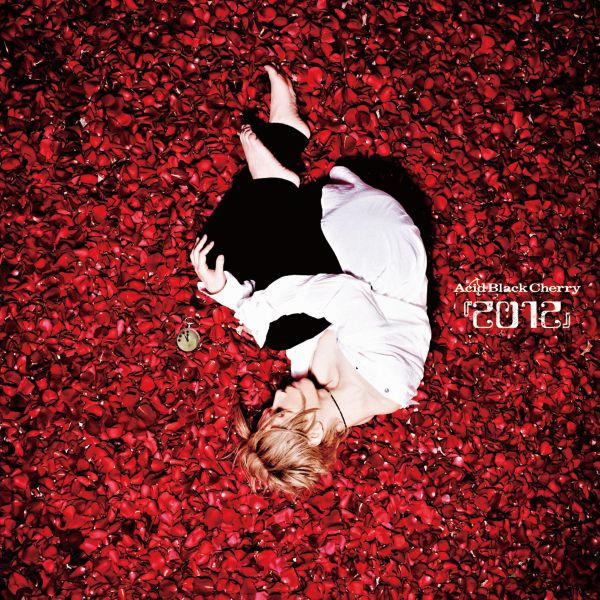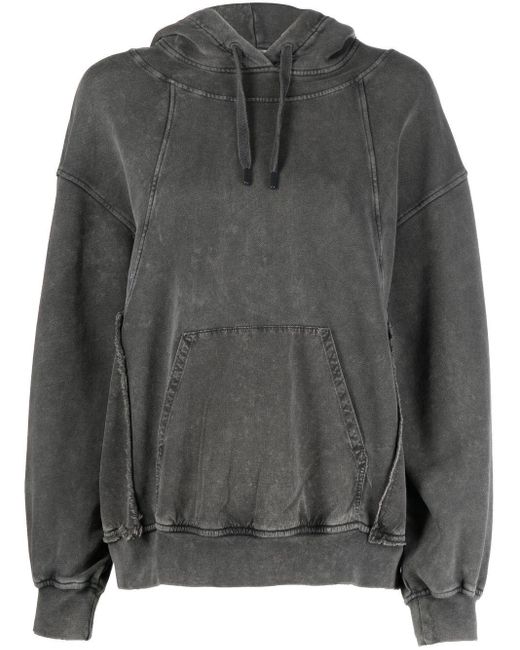

Chemical functionalization of an agrowaste for enhanced dye removal.Two-step process for remediation of a textile dye using an agrowaste and Pleurotus sp.offer a novel solution for efficient and safe disposal of textile dyes. New design of the column bed, the processes of the chemical functionalization of the SCB, and bioremediation of dye treated bagasse through Pleurotus sp. The fungus-treated SCB showed no residual toxicity and a considerable improvement in nitrogen content (from 0.14% to 0.62%) was noticed after the study of elemental profile. to obtain a dye-free nitrogen-rich bagasse. In the second step, the adsorbed dye molecules in SCB were degraded using an edible fungus Pleurotus sp. Three non-equilibrium models were applied to understand the column bed properties. Breakthrough point was not achieved during the 60 min of experiment. Adsorption capacity was increased at first 10 min and then gradually decreased with time. The designed column showed 90% removal of the dye in dye-aqueous solution whereas 80% removal in dye-house wastewater.

The first step of the process involved functionalization of SCB with alginic acid and applying as packing material in column and assessing its performance for adsorptive removal of Drimarene red. This study developed a two-step process for decolorization of textile dye using sugarcane bagasse (SCB). Textile dye effluents have many deleterious effects therefore, it is essential to remove before releasing into waterbodies. The agro-waste based treatment process shows a considerable potential for a low-cost treatment of dye contaminated water. The removal efficiency of the column remained almost unchanged for the treatment of dye-house wastewater spiked with the dye. Present study showed that more than 93% removal of the dye can be achieved in the concentration range 10–50 ppm (aqueous solution).

FT-IR analysis shows vibration in valence bands of the hydrogen bond of OH group, and the bands of intra-molecular and intermolecular hydrogen bonds, which results in interaction of treated bagasse with Optilan Red textile dye. Desorption of dye through alkali wash resulted in complete desorption after one hour washing of the column for its reuse for next. The time required for reaching breakthrough point was 120 min. An inverse dependence of initial dye concentration on percent removal of dye was observed, whereas the equilibrium adsorption (qe) showed a direct relationship with dye concentration. Effect of initial dye concentration on percentage removal of dye, equilibrium adsorption of sugarcane bagasse, kinetic studies, breakthrough point equilibrium and desorption of dye from the column material were studied. The treated and untreated sugarcane bagasse (biosorbent) was characterized by Fourier transform infrared (FT-IR) spectroscopy. The aim of the study was to assess the potentiality of an agro-waste (sugarcane bagasse) for removal of the textile dye (Optilan Red) using novel column based filtration unit with a packed column of chemically treated sugarcane bagasse.


 0 kommentar(er)
0 kommentar(er)
